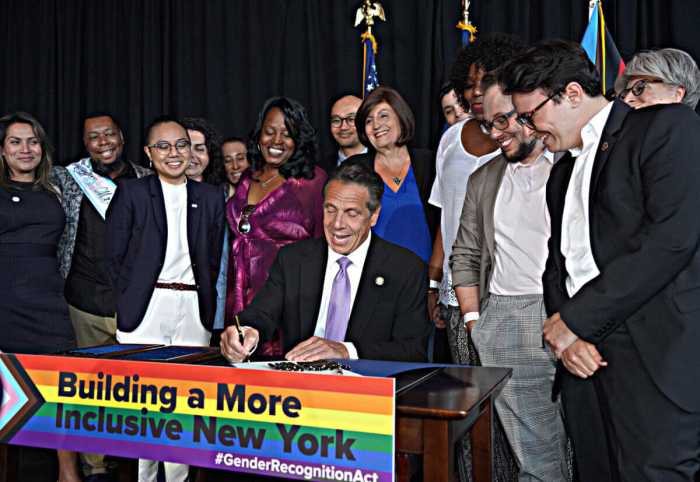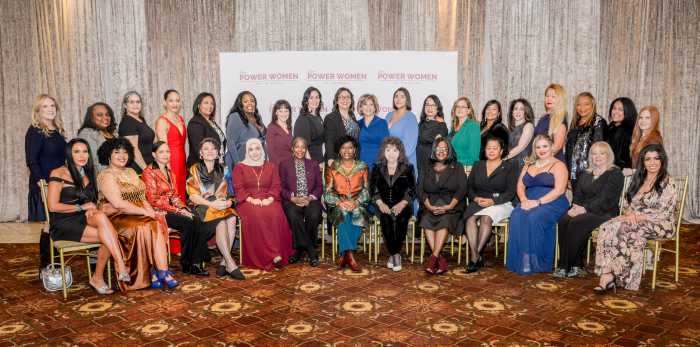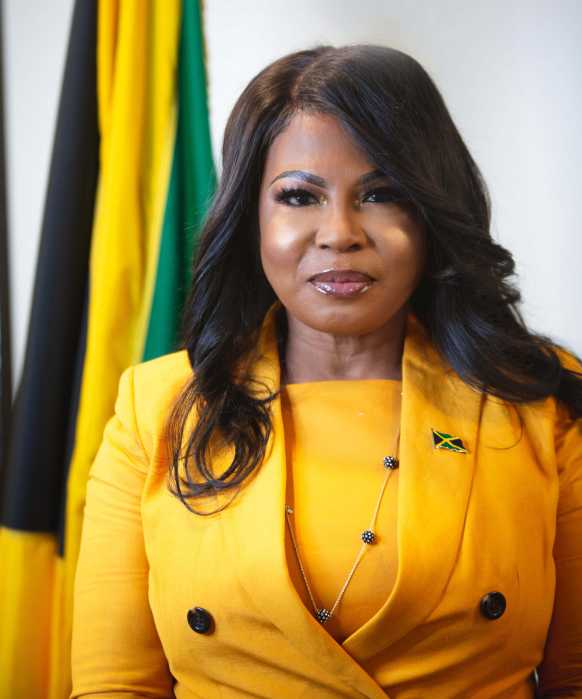A new report from the Trevor Project, an LGBTQ suicide prevention organization, shows that younger generations of LGBTQ youth are more likely to identify as a gender outside of male or female.
The research brief, “Diversity of Nonbinary Youth,” includes data from the “National Survey on LGBTQ Youth Mental Health” encompassing 34,000 LGBTQ youth between the ages of 13 and 24 from October to December of last year. The report reveals that 26 percent — or about one in four — LGBTQ youth identify as non-binary, and researchers emphasized that using an individual’s correct pronouns can lower their risk of attempted suicide when compared to LGBTQ youth without this support. The research also suggests that affirming a child’s pronouns and allowing them to change their ID documents can boost feelings of euphoria or happiness. Experts say this can potentially reduce signs of mental distress, including depression and anxiety.
“It makes me extremely happy when people respect and use my correct pronouns, and I could literally happy cry,” said one respondent in the survey. In another instance, a person surveyed described feeling euphoric when their friends called them “thude” or “a mix of they and dude.”
To compile this report, researchers used data from this year’s “National Survey on LGBTQ Youth Mental Health.” Researchers surveyed more than 34,000 LGBTQ youth between the ages of 13 to 24 years old. The agency surveyed participants between October and December of last year.
Approximately 33 percent of the non-binary youth surveyed use only “they/them” pronouns, while 21 percent use pronoun sets such as “She/Xe” or “Xe/Xem.” The data also shows that 50 percent of non-binary individuals also identify as transgender, and approximately 20 percent are “not sure or questioning” if they are transgender. Experts say this spotlights the individual needs of the group.
Among non-binary youth in the sample, 28 percent are bisexual, 27 percent are pansexual, 22 percent are queer, 14 percent are lesbian, six percent are gay, and two percent are questioning. Less than one percent said they are straight.
“While much progress toward LGBTQ equality has been achieved in recent decades, there is still much work to be done for the full inclusion of transgender and non-binary youth,” researchers concluded. “These results confirm that while transgender and non-binary identities are related, youth understand them as distinct identities.”
Notably, non-binary youth who reported that “no one” uses their pronouns had an attempted suicide rate of 27 percent in the past year compared to 10 percent of youth who have been affirmed. LGBTQ youth of color are facing the brunt of these challenges. According to the survey, 31 percent of Native/Indigenous LGBTQ youth attempt suicide when compared to 12 percent of white youth. Black and multiracial youth experience a 21 percent attempted suicide rate, which is three percentage points higher than Latinx youth and nine percentage points higher than Asian/Pacific Islander youth.
The report also notes that suicide attempts are lower among youth that have changed their ID documents. The statistics shows that suicide attempts among LGBTQ youth dropped to 11 percent over the last year when their IDs or other legal records reflected their gender identity. On the other hand, the report notes that the attempted suicide rate jumps to 19 percent for respondents who plan to change their documents and 25 percent for those who cannot.
This report comes amid a growing movement to remove barriers facing the non-binary community.
In June, the US State Department announced a new rule that would soon allow transgender, non-binary, and gender non-conforming individuals to list “X” on their passports. Though there is no timetable for this plan, other changes will immediately go into effect. For example, the department scrapped an outdated policy requiring applicants to provide a doctor’s note to attest to their gender. Applicants are also permitted to self-identify as either “male” or “female” on the application.
That same month, out gay New York state lawmakers Brad Hoylman and Daniel O’Donnell led the passage of the Gender Recognition Act, allowing New Yorkers to update their IDs and birth certificates with the gender marker “X.”
To sign up for the Gay City News email newsletter, visit gaycitynews.com/newsletter.

















